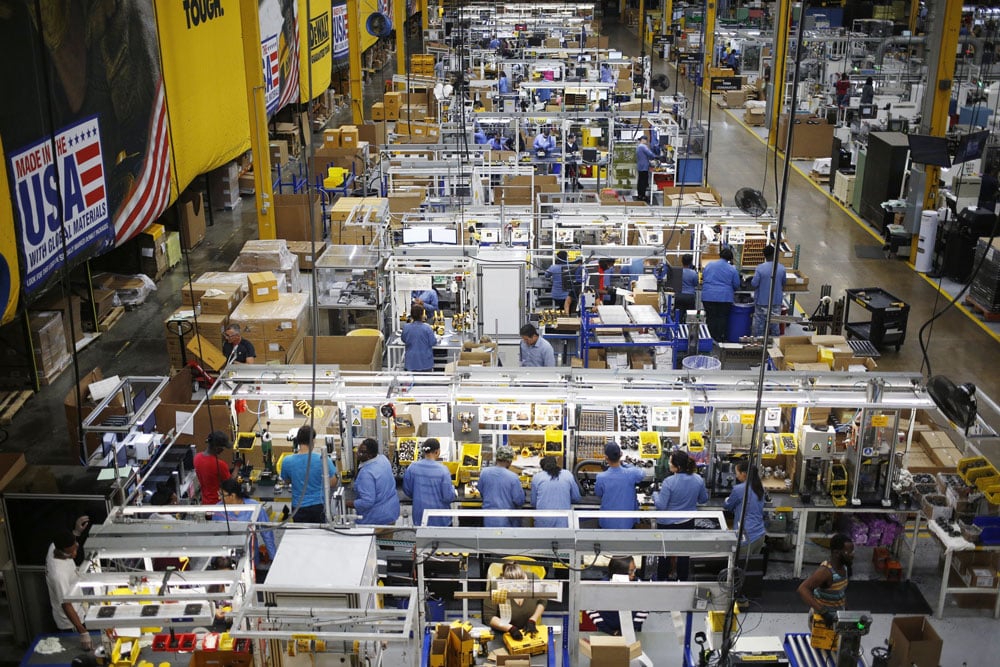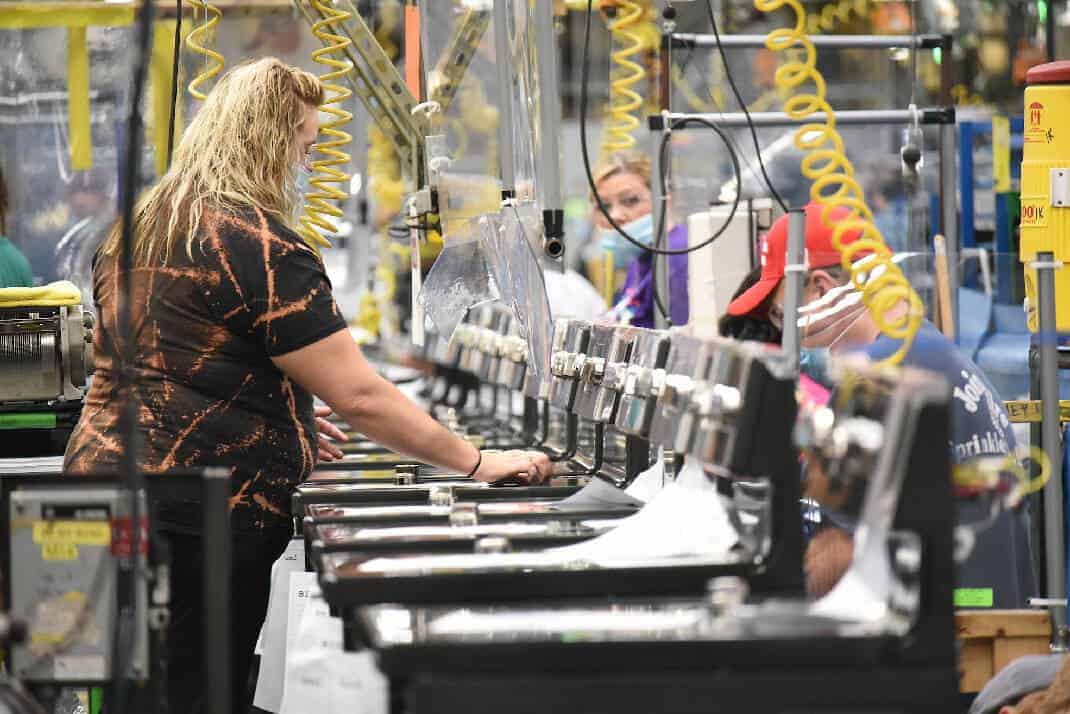Workforce management is challenging. In industrial, manufacturing, and distribution environments a common hurdle is resistance to change. Yet, while employees want flex work, many businesses say it can’t be done. Consider these benefits of flexible working for employers before it’s too late.
Factories have been in existence for 200 years now. In all that time, one thing has remained constant. Most of the advances (whether in processes or technology used) are made to improve productivity. Everything is designed around finding “the best way to run an operation. Too often, these efforts don’t consider the actual worker.
Look at the 12-hour shift, It’s the most efficient for the business, plus staging is easier. Plus, there is greater consistency as one person or team is more likely to complete an entire project or task when spending more time on it. Yet, few employees actually want to work 12 hours in a row. It’s good for business, but not what workers would choose to do.
A “this is how things are done” mentality is common. However, when the business remains static it doesn’t recognize that change is already in the building. The operational model may remain the same, “but, what has changed is the workers in their building,” said MyWorkChoice president Todd Warner in a recent episode of Shift Talk.
Indicators 12-hour Shifts Aren’t Always the Answer
Want proof? When we talk workforce management or warehouse staffing with prospects we’re constantly hearing the same complaints. Absenteeism is rampant (typically 20-40%) and businesses are left firing consistently absent workers. That means they then have to look to hire new people in a tough market.
Meanwhile, production schedules are disrupted. Points systems are compromised. And companies have to ask even more of their existing employees. That’s not a good long-term solution. It’s not sustainable to say, “let’s take the remaining workers we do have and push them to the brink.”
Instead, you need to address high churn rates and avoid having to juggle six staffing agencies looking for qualified workers.
What’s the answer? Acknowledge that your current employees and even the new workers you hire have different expectations of shift work. “They are willing to do these jobs,” Warner says. “They just want it to be more flexible.”
Benefits of a Flexible Workforce for Employers
If you don’t have workers, you don’t have production. It’s that simple. Flexible staffing is the workforce management solution that can make a difference. Consider these benefits.
Supports production goals
Employee absences derail production schedules. When an employee unexpectedly skips a shift, you’re left struggling to meet goals. Productivity and your bottom line both suffer.
Making flexible work an option for employees helps combat employee absences. By letting people take time off when they need it, you avoid burnout. Without mandatory overtime or strict attendance policies, industrial workers enjoy the opportunity to make adjustments when life throws them a curveball. Instead of surprising you too by not showing up for a shift when little Sally falls sick, everyone benefits from giving employees the choice of when and how to take time off.
Enhances retention
Resignations and retirements are both on the rise according to the UKG survey. Some 29% of the respondents described 2021’s turnover issues as “severe.”
The latest Bureau of Labor Statistics outlook put annual warehouse turnover rates at 43%. That’s costing warehousing businesses at least $365,000 every year. Yet someone who can choose the number of hours they want to work every week is more likely to stick around. They will appreciate the ability to add shifts when they want, while enjoying the flexibility to fit their job with their personal responsibilities too.
Take a recent survey of over 300 MyWorkChoice flex workers. We asked if they would prefer full shifts (8-10 hour shifts), half shifts (4-5 hours), or a combination of both. An overwhelming 80.6% of workers wanted to choose from a combination of full and half shifts.
Even if the workers take less than 40-hour shifts, you can see higher productivity. We’re not kidding. Because workers feel more control of their hours, they appreciate you more and often make more effort while doing flexible work.
Offers competitive advantage
Manufacturing HR leaders today are struggling to fill critical labor gaps. The Workforce Institute at UKG found 87% of the 300 leaders surveyed this year felt labor supply constraints “more than ever” and are understaffed 38% of the time.
With flexible staffing, employers can benefit from a wider pool of candidates. Attract top talent by using flex work to communicate that you are an employee-centric company that values team members’ wellbeing. This can also improve diversity of your workforce.
Reduces costs
With flexible scheduling manufacturers can take a task-oriented approach. This better suits customer order and supply cycles. There’s also a benefit for employers in that they can more easily schedule skilled workers for the appropriate shift to avoid production delays.
Manufacturers can also avoid costly compliance fines with greater flexibility to schedule the correctly certified employee for a particular shift. Worker safety and overall accuracy also improve with workers asked to work fewer 12-hour shifts, which can also reduce operational costs.
Change is Already in the Building
Yes, flex work can be a big change in warehouse staffing and how manufacturing and distribution operations are run. Still, the benefits can’t be underestimated. Work with a flexible staffing agency to find the right people to meet your productivity goals and remain loyal to your business.
In fact, MyWorkChoice’s flex workers’ average tenure is 48 weeks – almost 11 months – which is significantly higher compared to most temporary traditional staffing agencies.
Giving employees access to shift scheduling app is another way to take advantage of the benefits to employees of flexible work. With workforce management technology in place, your business can save the 2.4 hours on average spent each week on setting workers’ shift schedules. Contact us today.





